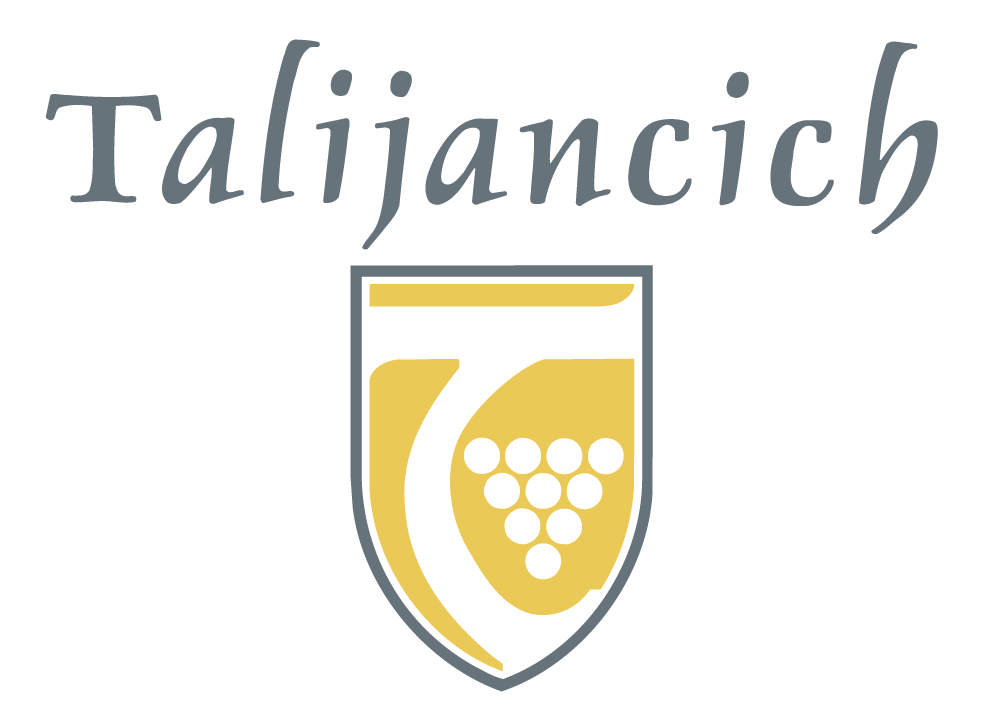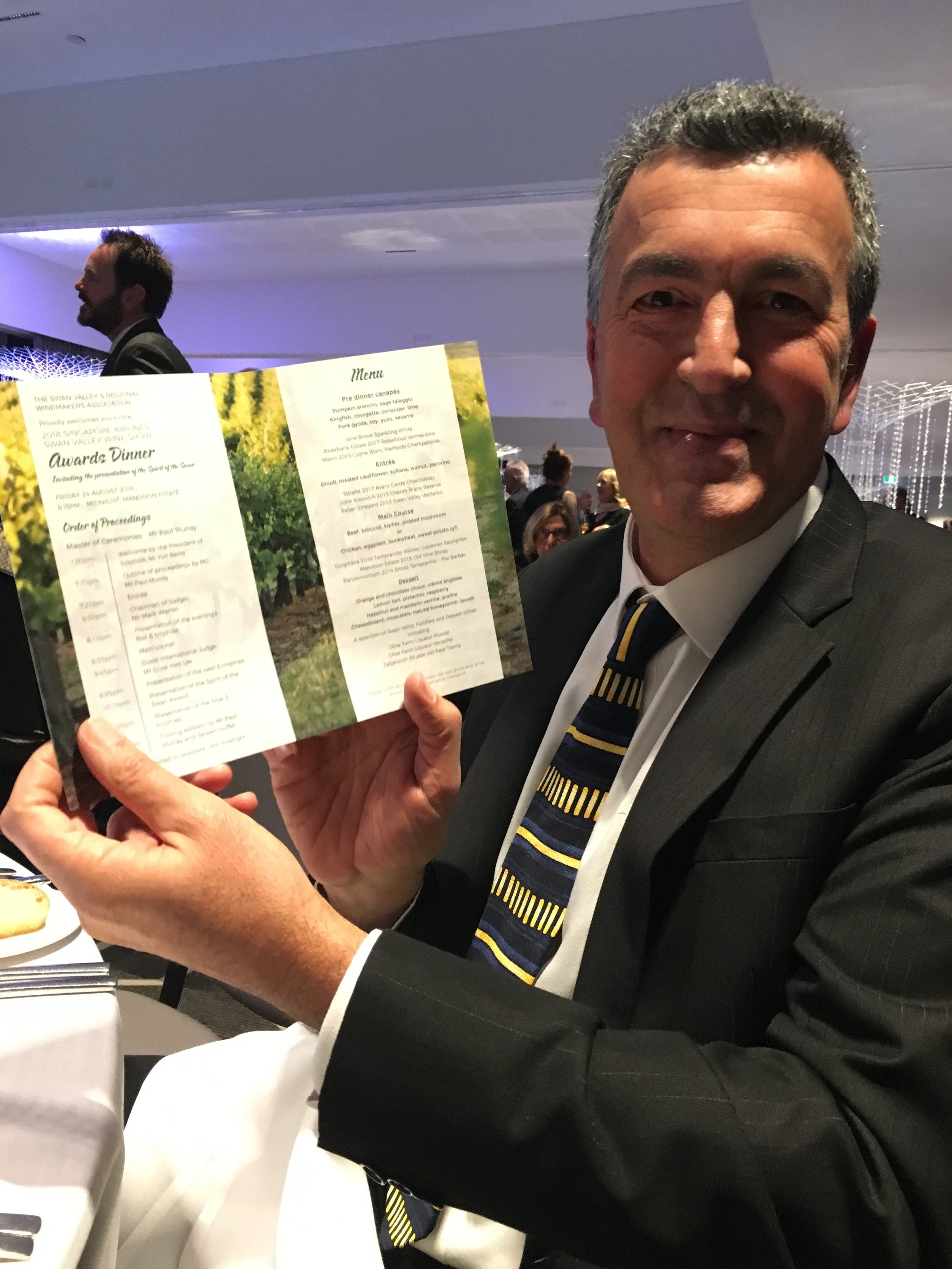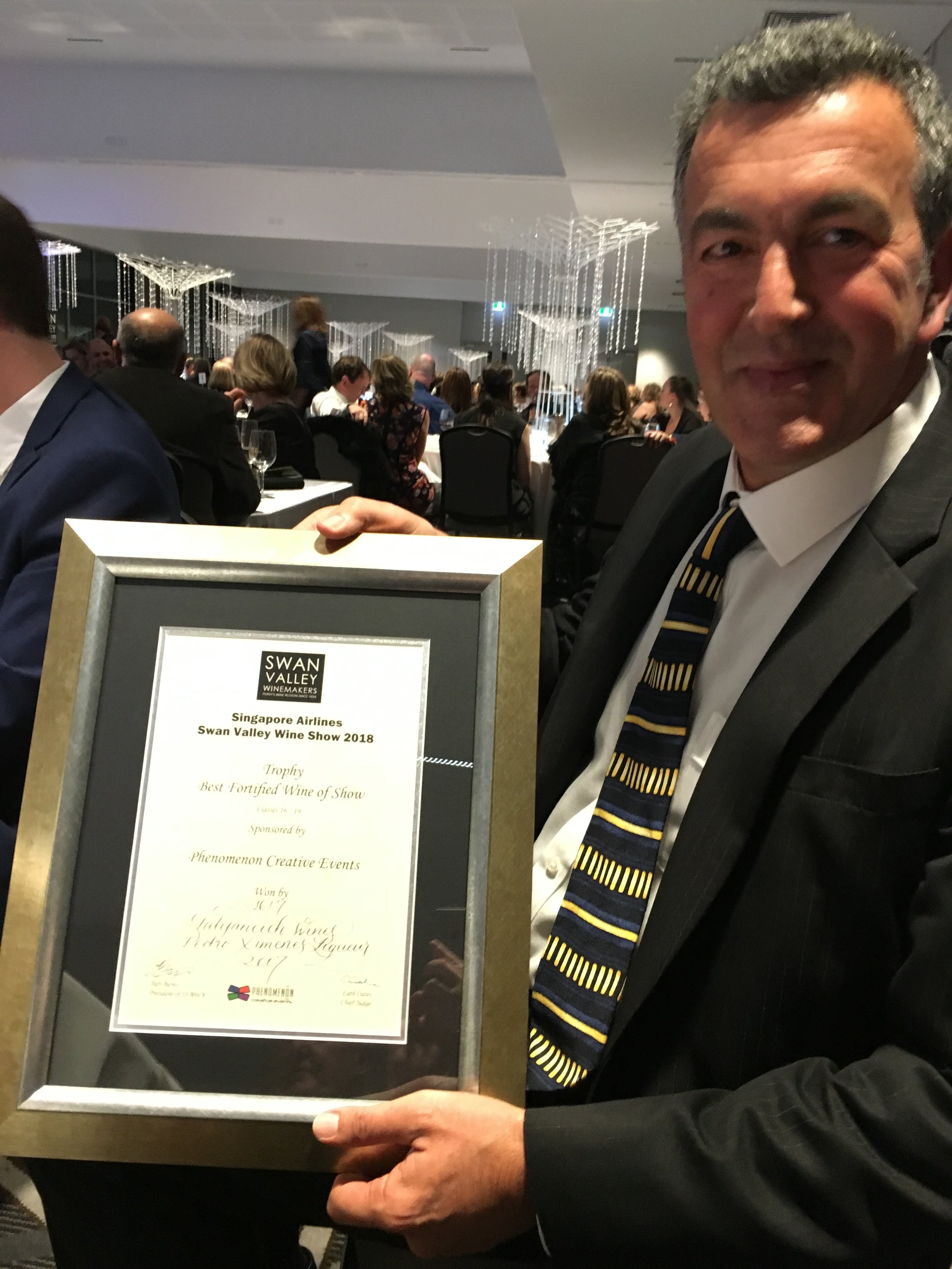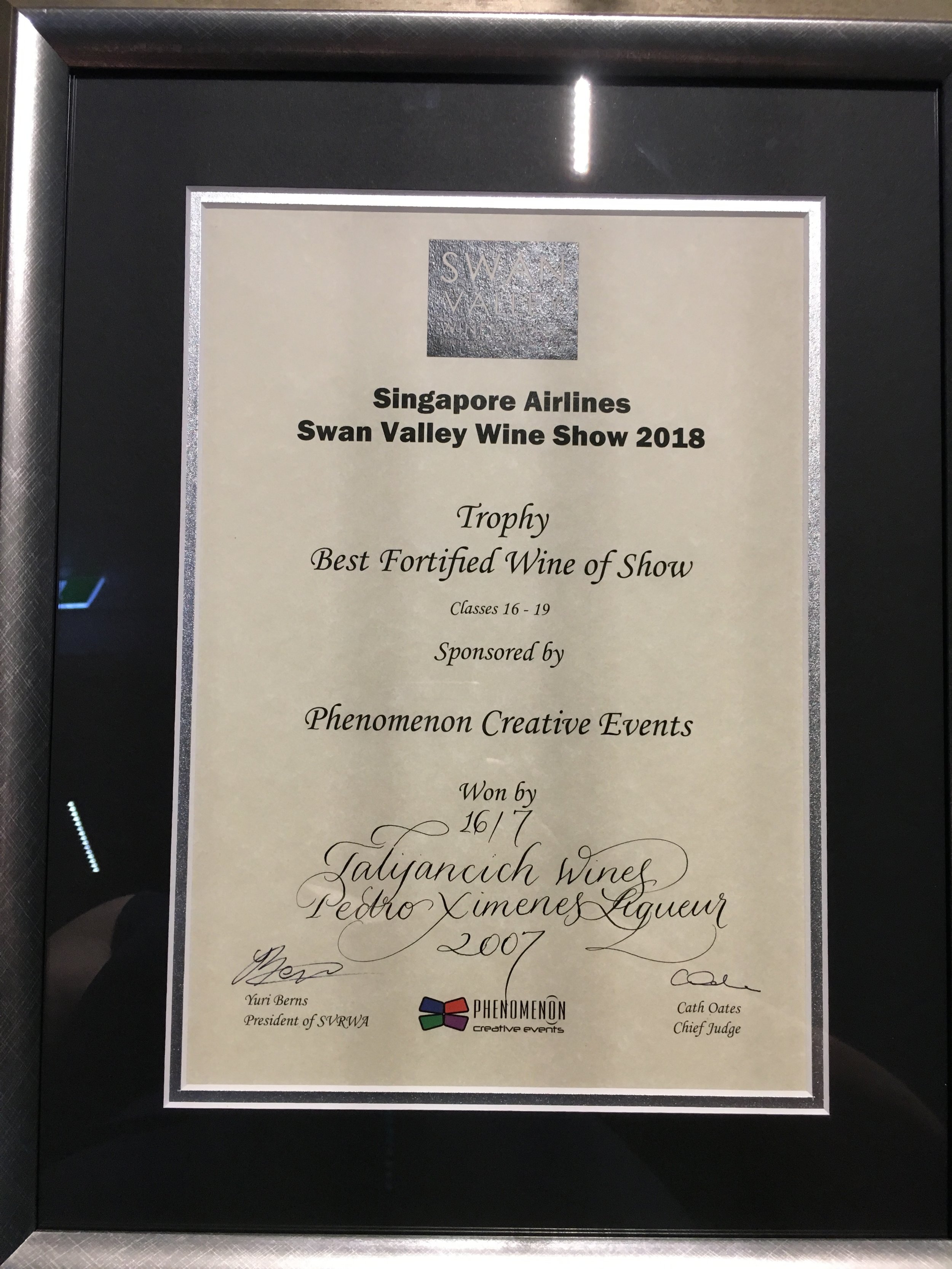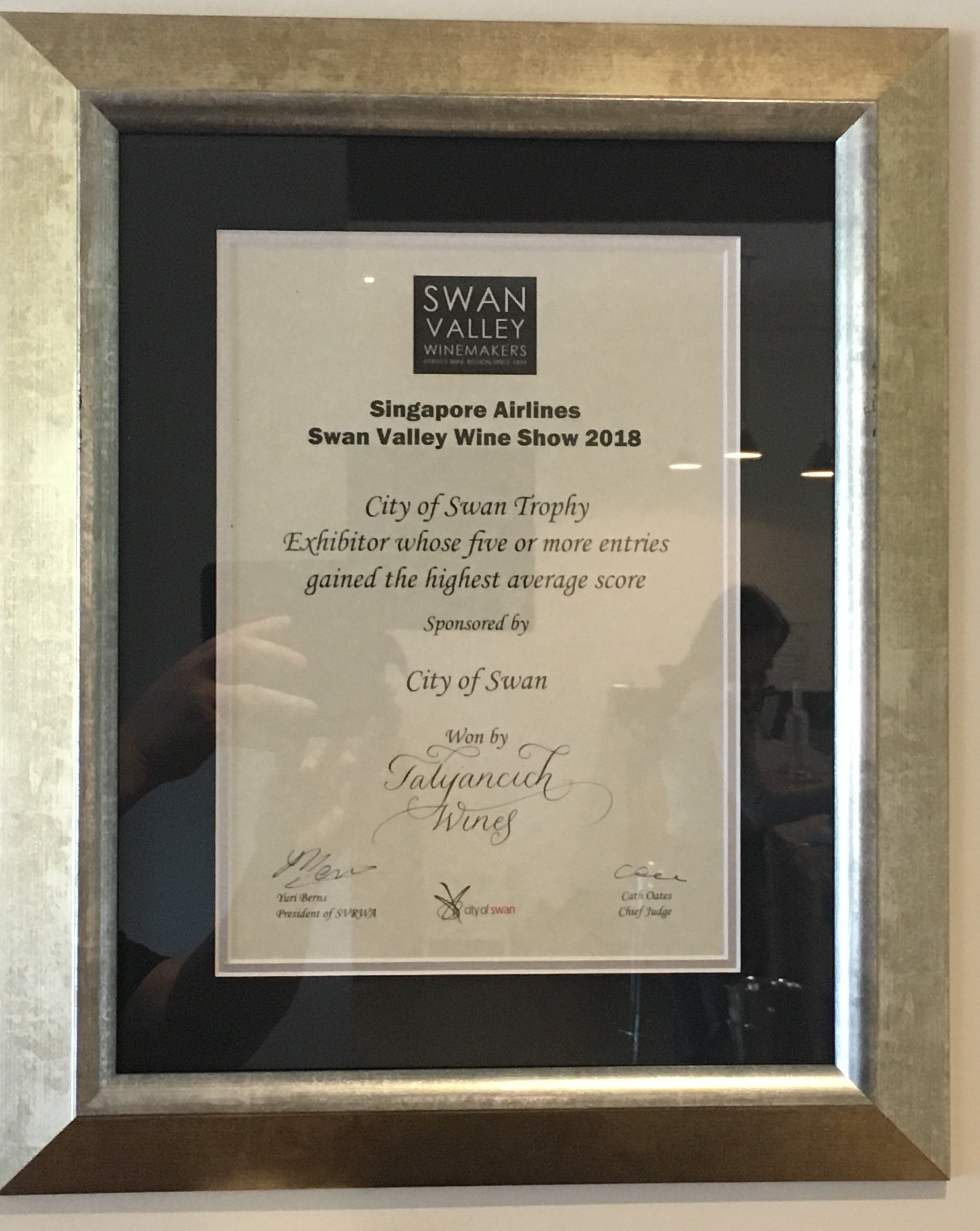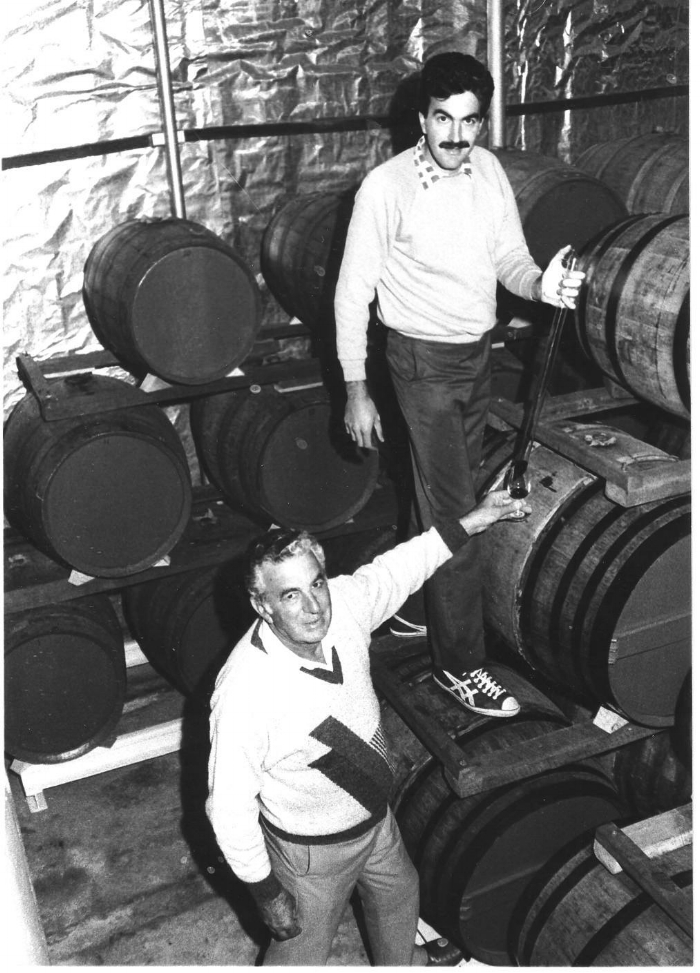Q&A with John McGeenhan.
New release videos for 2024
1st Video - In July, the new Verdelho Table Wine will be released.
2nd Video - In 2024 we will release a new Blend number 3 of the 1981 Liqueur Shiraz.
3rd Video - Celebrating 10 years since the release of the Rare Tawny.
Since 1932
blogCap or Cork?
That debate. Screw cap or cork?
There is no question about one thing. There is a percentage of the industry that has put everything into screw cap closures and another portion that believe screw cap only plays a small role, with cork still very much as important as it ever was. Maybe a smaller group are sitting back, needing more time. And of course there are still some wine drinkers that need to be convinced.
It’s quite interesting, because the largest manufacturer of these metal caps is a French company, but the French producers are the smallest users. At the other end of the world- literally- is New Zealand. The majority of wineries there have made the conversion. This may seem all very well for a young Sauvignon Blanc that will be consumed within 3-5 years at most, but what about ageing wines?
Well, we have our own wine as evidence- albeit a small localised sample. In the past 12 months some of the museum stock was made available for purchase and tasting. There is no doubt in our minds and to customers that the 2003 and 2006 Verdelhos, 2002 Semillon and 2003 Viognier were in perfect condition with well developed flavours and the trademark oily texture of an aged white. The Verdelho especially will age for at least another 5-8 years. The real difference was in the fact that not a single bottle had spoiled - or “corked” as we used to say. By comparison, a 16 year old Semillon blend (Voices- for those who remember it!) under cork that was available a couple of years ago had a relatively high rate of spoilage- around 5-7% of the bottles. This is a lot of waste that we are ultimately not getting from wine being under screw caps.
However, with full bodied premium reds, there are a number of winemakers edging back to cork. They feel that the slightly clinical approach from the screw cap doesn’t allow the wines to express themselves fully. I feel there is some truth to that. Though weighing up the consistency of screw caps to the possible inconsistency of even the most expensive cork may continue to sway many. I have continued to use the cork stopper cap on the fortified wines, not because the wine will develop any further, but because an old liqueur deserves some element of tradition.
Finally consumers- this is the final frontier and will determine what many commercial wineries end up changing to, or staying with. Something that comes up fairly regularly in a tasting- and usually from European visitors- is that they are unable able to find any high quality wines here. Those who drink French and Spanish wines are under the impression that a good quality wine is under cork, and that screw caps are for the more mass produced, lower quality ones. Visitors are not prepared to try many wines as this wasn’t the grand experience they were looking for or had heard about from Australian wine. It’s understandable then that a winemaker will choose to continue to use cork as a symbol of quality and prestige- but where does that leave the rest of us? Well, it involves more education, more wine tasting, and more people cellaring their own wines under screw cap and then sharing it with their friends in years to come. We can all make this small contribution - tough as it may be.
I’m also aware as a winemaker that cracking a screw cap does not have the same sense of occasion as the satisfying pop of a perfectly removed cork. However, I also know the frustration of removing a crumbling or moldy cork and hoping that the wine inside is drinkable.
When you also consider that 95% of wine purchased in Australia is consumed with 48 hours- why waste cork? There is no question the screw cap has well and truly proven itself, and it’s here to stay. There are many of my colleagues who would never entertain using cork again.
There is no doubt the debate will continue.
James T.
2018 Singapore Airlines Swan Valley Wine Awards
The annual wine awards were held on August 24th at Mandoon Estate, and it was the biggest year so far in terms of the number of entries from Swan Valley wineries and the greater Perth zone. Over 200 wines were judged in the preceding days by international wine writer Chee Wee Lee, Perth stalwart Ray Jordan and winemaker Rob Mann amongst others.
It was a hugely successful night for James- four trophies in total. The superb 2007 Pedro Ximenes was awarded Best Fortified Wine in Show. This liqueur challenged James from the very beginning- with it being an extraordinarily hot year, the fruit was hard to press, sugar levels were higher than fruit he’d ever previously tried to work with and in the end only a few hundred litres of wine out of a whole vineyard. This is a beautiful rare liqueur that will be remembered as one of our finest vintages over our 86 years.
Both Sittella and Stringybark Wines took out 3 trophies each – with Stringybark’s 2018 Verdelho being awarded Best Table wine of the Show, Best 2018 Dry White Wine of Show and Best Verdelho. Sittella’s 2017 Tinta Rouge was deserved of Best Swan Valley Red Table Wine.
Talijancich Wines were also awarded:
The West Australian Media Trophy for Most Successful Producer Best Small Producer of Show and City of Swan Trophy for Exhibitor whose five or more entries gained the highest average score.
Our thanks go to the City of Swan, Singapore Airlines, the judges and all the amazing people who worked behind the scenes at Swan Valley Winemakers for making the night so special. Thank you! It takes a lot of time away from the usual tasks of winemaking and running a winery to bring this event together.
Congratulations to all the wineries that picked up awards. Now it’s your job to head out into the valley and appreciate their efforts.
40 Vintages On- James's Reflections
blogGrowing up on the winery property is filled with memories from my earliest years at Upper Swan Primary School and walking home to the amazing smells coming from Mum’s kitchen; for afternoon tea – scones were my favourites.
I could pick up the odour half way down Hyem Road. My three sisters and I were a part of this wonderful routine of school, sport and friends– topped up with and surrounded by vines and wine.
James as a young boy- aged about 6
All our neighbours became our lifelong friends, constantly dropping off fruit and veggies, which was accompanied by a compulsory tea or coffee.
As a young guy I loved football– but it was basketball that I turned to as my main sport. With the opportunity of a scholarship to Los Angeles for four years, my future was in front of me, but suddenly a technical hitch saw me remain in Perth and there was an opening working with my father at the family winery. A change was sweeping through the wine industry in the late 70’s and quality table wines were the go.
We had to make changes and so introduced Verdelho and Shiraz, but retained our fortifieds while most wineries were pushing them aside. We learned quickly by refining and channelling our knowledge of fortified wine to produce fine table wine, after a decade of sleepless nights we made it through.
Peter and James sampling Muscat
My mother and I would rotate each weekend to serve at the cellar door. We never lost focus of what wine actually meant to us and doing your best was par for the course.
My father always made sure we celebrated our successes and then worked on achieving more the following year in terms of quality and style of our wines.
I look back with the fondest of memories knowing how tough it’s been, but I’ve learnt so much and will continue to do so.
Fine wine is about the process and understanding that the end result is a direct reflection of the process. To live and work in the Swan Valley that offers so much is a pleasure and must remain something we all respect.
Knowing that our finest wines are held in the highest regard by the wine writers and judges internationally is so satisfying and confirmation of our past and the present commitment to what we love.
Long may it continue.
JT.
Natural Wines
White, FortifiedPersistence Paved the Way - Peter Talijancich
FortifiedA Brief History of Verdelho
WhiteVintage, Tawny or Ruby?
Vintage, FortifiedJames Dishes the Dirt
James talks to Steve Wood from All the Dirt about the passion and art of producing his world acclaimed liqueurs, the value of organic techniques in the vineyard and winning gold in London 3 years running in the worlds most prestigious fortified wine competition.
